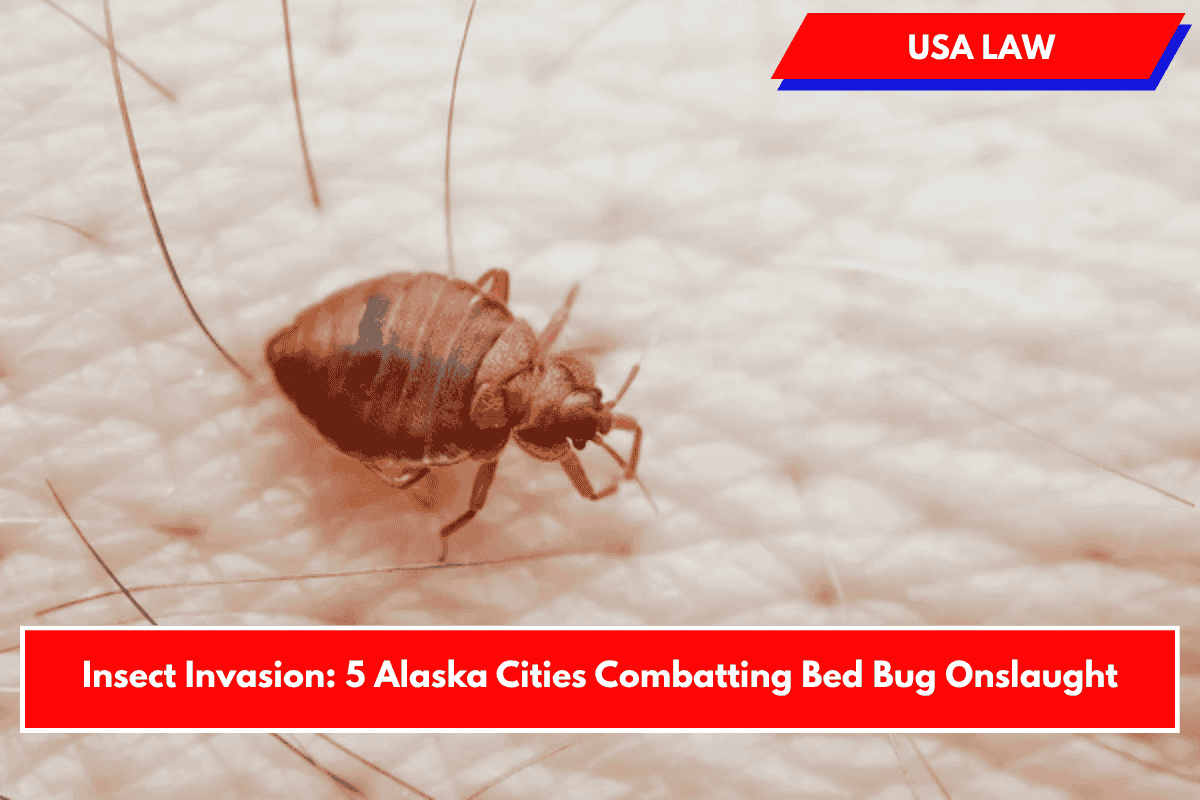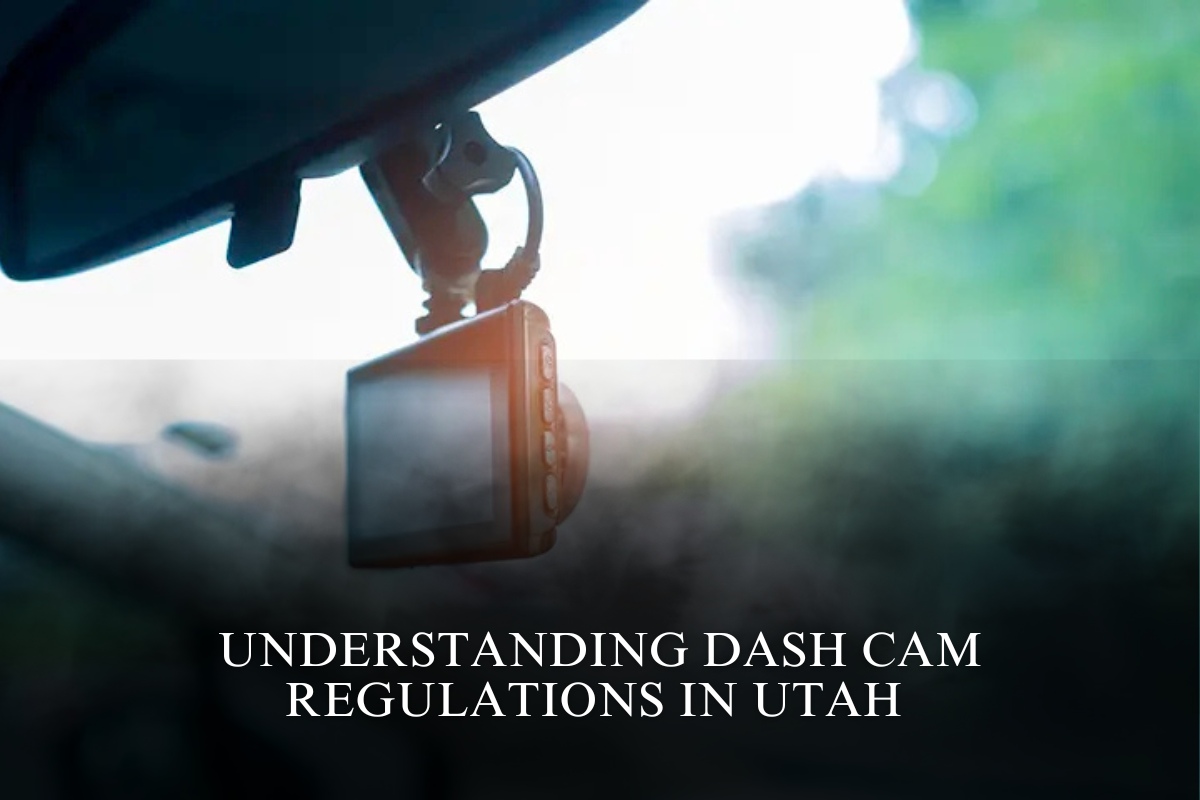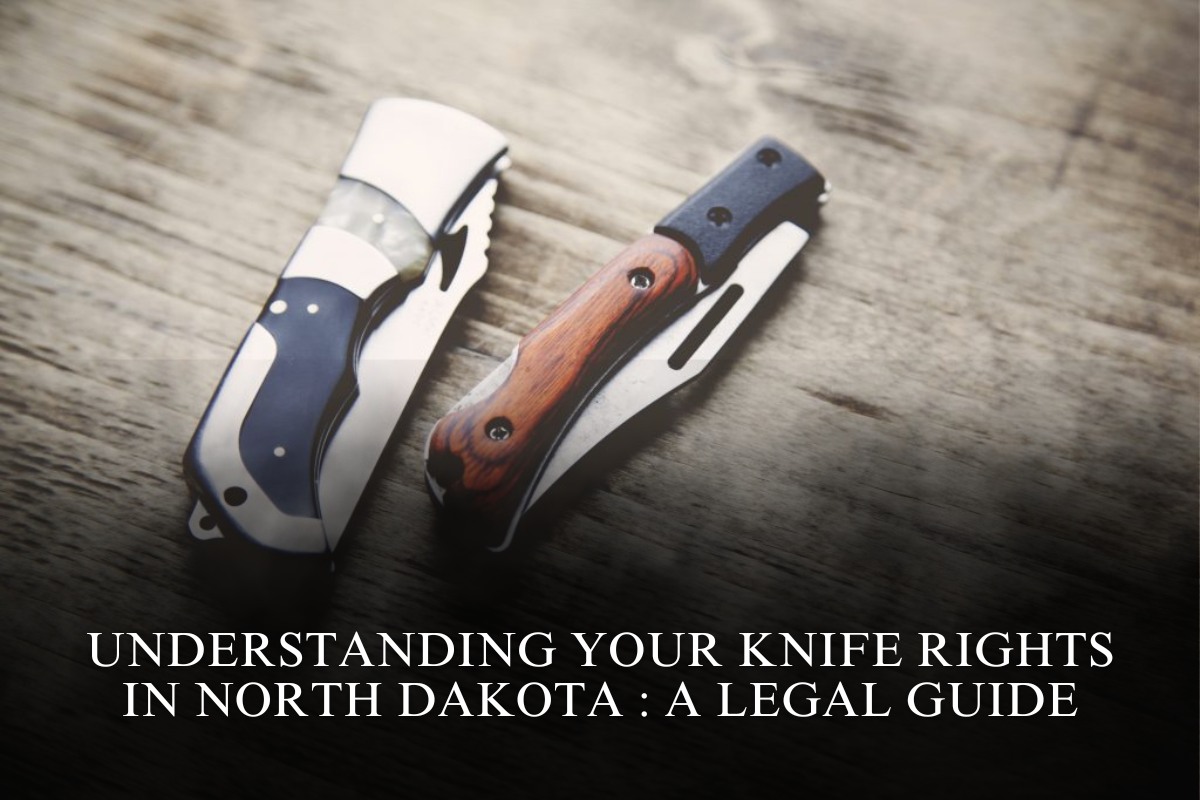Bed bugs have become a persistent and growing challenge across Alaska, affecting both urban centers and remote communities. While Alaska’s cold climate might seem inhospitable to these pests, bed bugs are thriving in the state’s homes, hotels, and public spaces, prompting cities to ramp up detection, prevention, and eradication efforts.
1. Anchorage
As Alaska’s largest city and a major travel hub, Anchorage faces one of the state’s highest bed bug burdens. Hotels, rental properties, and apartment complexes are frequent hotspots due to high occupancy and turnover. The city enforces additional requirements for landlords, including written notification to tenants about infestations and clear protocols for inspection and treatment. Professional pest control companies in Anchorage offer thermal remediation (heat treatments) and non-toxic spray options, with some services guaranteeing complete eradication in a single day.
2. Fairbanks
Fairbanks, another key urban center and tourist destination, has reported increasing bed bug activity, particularly in hotels and multi-unit housing. The challenge is compounded by limited access to pest control in some areas. Local authorities and pest management firms focus on public education, thorough inspections, and integrated pest management strategies, combining heat treatments, mattress encasements, and sanitation measures.
3. Juneau
Juneau, Alaska’s capital and a frequent stop for cruise ships and tourists, is also combatting bed bug infestations. Hotels and rental accommodations are especially vigilant, with staff trained to inspect rooms and respond quickly to reports. The city encourages travelers to check rooms thoroughly and keep luggage off the floor to prevent bringing bed bugs home.
4. Seward
Seward, a coastal city popular with visitors, has seen a rise in bed bug cases in recent years. Local pest control providers utilize high-intensity heat treatments and environmentally safe products, offering 30-day warranties to reassure residents and businesses. Regular follow-ups and community education are key components of Seward’s response.
5. Kenai
Kenai and surrounding communities on the Kenai Peninsula are not immune to bed bug invasions. Professional pest management services in the area emphasize customized treatment plans, ongoing monitoring, and preventive education to help residents and businesses stay ahead of infestations.
Combatting the Onslaught: Common Strategies
- Professional Heat Treatments: Cities rely on thermal remediation, raising temperatures to levels lethal to bed bugs and their eggs, often achieving results in a single session.
- Integrated Pest Management: Combining cleaning, decluttering, mattress encasements, and targeted chemical or non-chemical treatments.
- Community Education: Public health agencies and pest control firms provide resources on detection, prevention, and tenant-landlord responsibilities.
- Landlord and Tenant Protocols: State law requires landlords to ensure habitable, pest-free properties and mandates written notice of infestations, while tenants must report problems promptly.
- Travel Precautions: Tourists and residents are urged to inspect accommodations, keep luggage elevated, and launder clothing on high heat after travel to prevent spreading bed bugs.
Anchorage, Fairbanks, Juneau, Seward, and Kenai are at the forefront of Alaska’s fight against bed bugs, deploying a mix of professional treatments, public awareness, and regulatory measures. With persistent vigilance and community cooperation, these cities aim to curb the bed bug onslaught and protect both residents and visitors
Sources
- https://afaalaska.org/hotel/bedbugs
- https://pestgnome.com/blog/bed-bugs/ak-bed-bugs/
- https://www.americanpestmanagementak.com/services/bed-bug-treatment
- https://tccpeds.com/Bedbugs
- https://www.uaf.edu/ces/publications/database/insects-pests/files/pdfs/PMC-00201%20Bedbugs%2011-08-24.pdf











